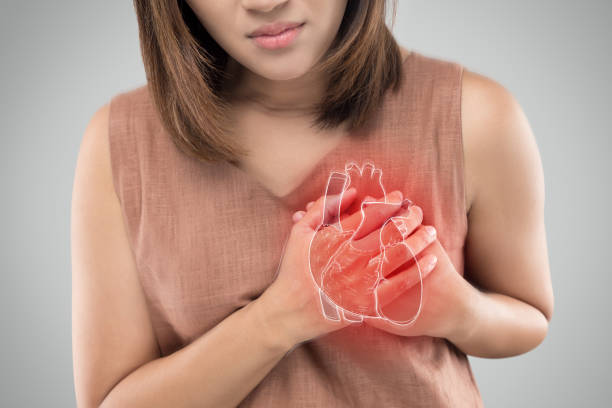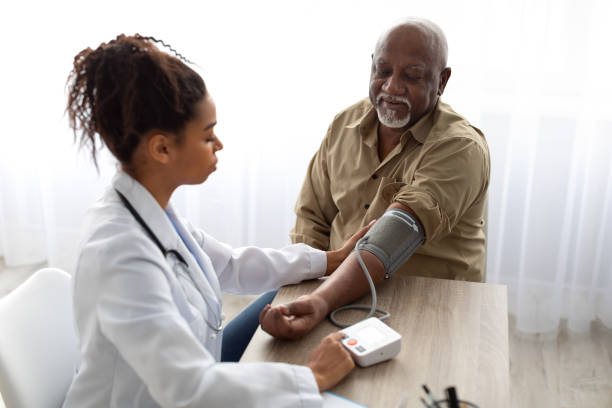Heart disease, also known as cardiovascular disease, encompasses a range of conditions that affect the health and blood vessels. It is the leading cause of death worldwide, claiming millions of lives each year. In this comprehensive guide, we’ll explore the various aspects of health, including its causes, risk factors, symptoms, diagnosis, treatment, and prevention strategies.
Table of Contents
What is Heart Disease?

Heart disease refers to any condition that affects the structure or function of the Disease, including coronary artery disease, failure, arrhythmias, and congenital defects. These conditions can disrupt the health ability to pump blood effectively, leading to serious complications such as heart attack, stroke, and sudden cardiac arrest.
Types of health Disease
There are several types of health, each with its own causes, symptoms, and treatment options:
- Coronary Artery Disease (CAD): This occurs when the arteries that supply blood to the health become narrowed or blocked due to a buildup of plaque, restricting blood flow to the heart muscle.
- Heart Failure: Also known as congestive heart failure, this condition occurs when the health is unable to pump enough blood to meet the body’s needs, leading to symptoms such as fatigue, shortness of breath, and swelling.
- Arrhythmias: These are abnormal heart rhythms that can cause the health to beat too fast, too slow, or irregularly. They can increase the risk of complications such as stroke or sudden cardiac arrest.
- Congenital Defects: These are structural abnormalities present at birth that affect the healthy valves, chambers, or blood vessels. They can range from mild to severe and may require surgical intervention.

Causes of Disease
Heart disease can have various causes, including:
- Poor Diet: A diet high in saturated fats, cholesterol, and sodium can contribute to the development of healthdisease by increasing cholesterol levels and blood pressure.
- Lack of Physical Activity: Sedentary behavior can lead to obesity, high blood pressure, and other risk factors for disease.
- Smoking: Tobacco use is a major risk factor for disease, increasing the risk of atherosclerosis (hardening and narrowing of the arteries) and blood clots.
- High Blood Pressure: Hypertension puts strain on the Disease and blood vessels, increasing the risk of attack, stroke, and other complications.
- Diabetes: Uncontrolled diabetes can damage the blood vessels and nerves, increasing the risk of disease and stroke.
- Family History: A family history of health can increase an individual’s risk, suggesting a genetic predisposition to the condition.
Symptoms of Heart Disease

The symptoms of heart disease can vary depending on the type and severity of the condition, but may include:
- Chest Pain or Discomfort: This is the most common symptom of healthy, often described as pressure, tightness, or squeezing in the chest.
- Shortness of Breath: Difficulty breathing, especially during physical activity or when lying flat, can be a sign of or other cardiac problems.
- Fatigue: Feeling unusually tired or weak, even after adequate rest, can be a symptom ofhealth
- Dizziness or Lightheadedness: Feeling dizzy or faint, especially when standing up quickly, can indicate a problem with the Heart Diseaseability to pump blood effectively.
- Swelling: Swelling in the legs, ankles, feet, or abdomen can be a sign of fluid buildup due to or other cardiovascular conditions.
Diagnosis of Disease
If you experience symptoms of heart disease or have risk factors for the condition, your healthcare provider may recommend diagnostic tests such as:
- Electrocardiogram (ECG or EKG): This test records the electrical activity of the health Diseaseand can help detect abnormal rhythms or signs of a heart attack.
- Echocardiogram: This ultrasound test uses sound waves to create images of the healthy structure and function, helping to diagnose conditions such as heart failure or valve disease.
- Stress Test: This test measures how your responds to physical exertion, helping to diagnose coronary artery disease or evaluate the effectiveness of treatment.
- Cardiac Catheterization: This invasive procedure involves inserting a catheter into the to examine the blood vessels and measure blood flow, allowing for the diagnosis of coronary artery disease and other conditions.
Treatment ofthe health

Treatment for health depends on the type and severity of the condition but may include:
- Lifestyle Changes: Adopting aHeart disease -healthy diet, engaging in regular exercise, quitting smoking, and managing stress can help reduce the risk of health and improve outcomes.
- Medications: Various medications may be prescribed to manage symptoms, lower blood pressure and cholesterol levels, prevent blood clots, and improve health function.
- Medical Procedures: In some cases, medical procedures such as angioplasty, stenting, bypass surgery, or valve repair or replacement may be necessary to restore blood flow to the health or correct structural abnormalities.
- Implantable Devices: Devices such as pacemakers or implantable cardioverter-defibrillators (ICDs) may be implanted to regulate heart rhythm or prevent sudden cardiac arrest.
Prevention of health
Preventing heart disease begins with adopting a healthy lifestyle, including:
- Eating a Balanced Diet: Choose a diet rich in fruits, vegetables, whole grains, and lean proteins, and low in saturated fats, cholesterol, and sodium.
- Staying Active: Aim for at least 150 minutes of moderate-intensity aerobic activity or 75 minutes of vigorous-intensity activity per week, along with muscle-strengthening exercises on two or more days per week.
- Maintaining a Heart disease Weight: Achieve and maintain a healthy weight through a combination of diet and exercise, and avoid crash diets or extreme weight loss methods.
- Managing Stress: Practice relaxation techniques such as deep breathing, meditation, or yoga to reduce stress and promote overall well-being.
- Avoiding Tobacco: If you smoke, quit smoking, and avoid exposure to secondhand smoke, which can increase the risk of heart disease and other health problems.
Conclusion
Heart disease is a serious and potentially life-threatening condition that requires prompt diagnosis and treatment. By understanding the causes, symptoms, diagnosis, treatment, and prevention strategies for health you can take proactive steps to protect your Heart Diseasehealth and reduce your risk of complications. If you have any concerns about your health, don’t hesitate to consult with your healthcare provider for personalized guidance and care. Remember, a healthy heart is essential for a long and fulfilling life.
By providing comprehensive information about heart disease, including its causes, symptoms, diagnosis, treatment, and prevention, this guide aims to empower readers to take control of their health and make informed decisions about their lifestyle and healthcare choices. Whether you’re looking to learn more about health for yourself or a loved one, this guide serves as a valuable resource for understanding and managing this common and serious health condition.

